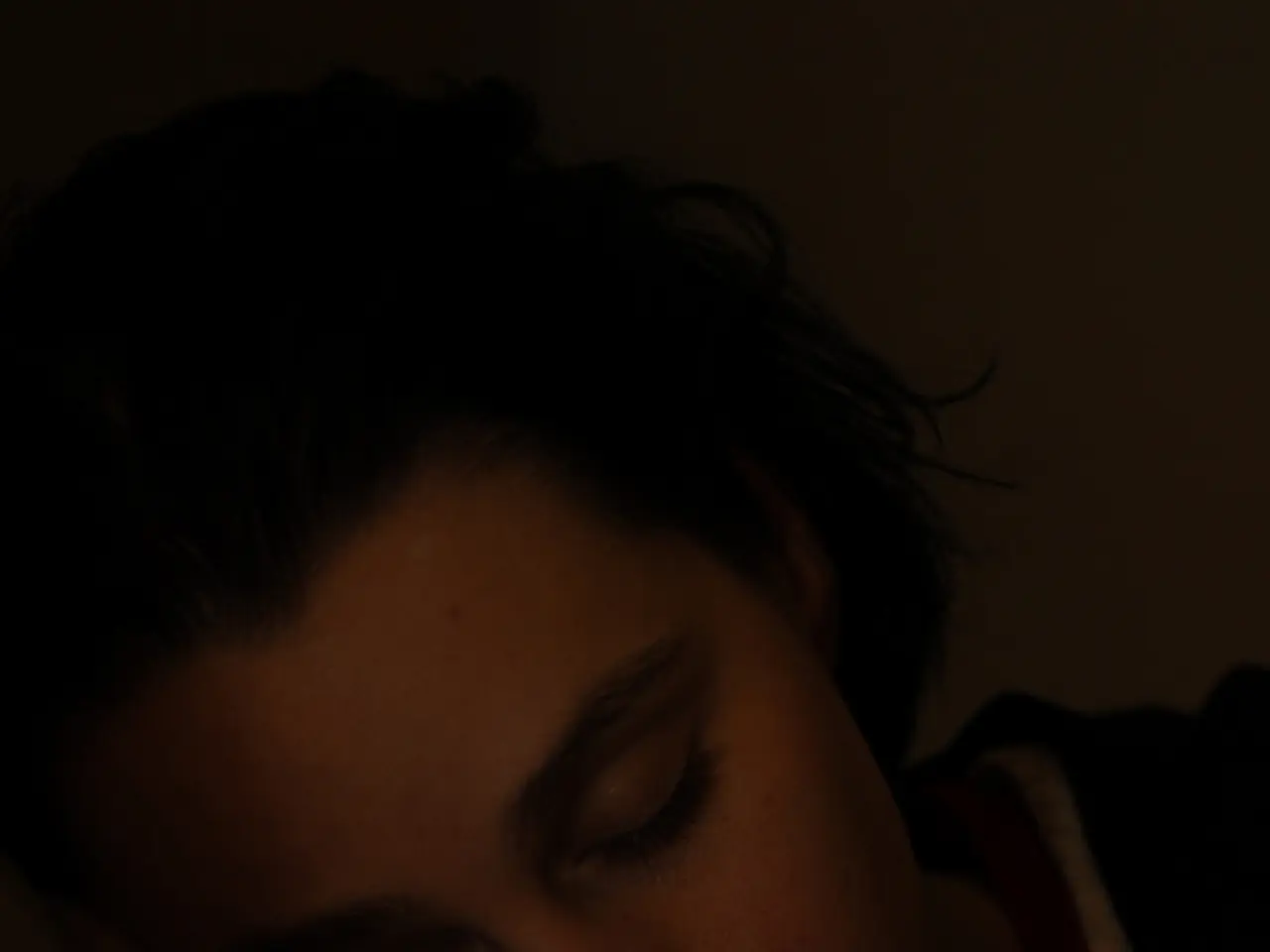Adult Nightmares: Investigating the Cause of Sleep Terrors in Mature Individuals
Night terrors, a less common sleep disturbance compared to nightmares, are episodes of distress during sleep that can affect adults. Unlike nightmares, which typically occur during rapid eye movement (REM) sleep, night terrors are more likely to happen during non-rapid eye movement (NREM) sleep.
Night terrors can manifest in various ways. A person experiencing a night terror might shout, flail, or perform other unusual actions while asleep. During these episodes, a person is less likely to wake up compared to a nightmare. In fact, their eyes are often open, but they might not respond to attempts to rouse them.
Night terrors are classified as a type of parasomnia, a sleep disorder that involves physical events or experiences that disrupt sleep. It's estimated that 1 to 2 percent of adults may experience night terrors.
Several factors can contribute to the occurrence of night terrors. These can include sleep disorders, stress, and underlying medical conditions. Restless leg syndrome, sleep deprivation, fatigue, travel-related sleep disruptions, medications like stimulants or antidepressants, fever or illness, and alcohol use are among the potential triggers.
Mental health conditions such as depression, anxiety, bipolar disorder, and trauma or chronic stress may also be associated with night terrors in adults. Creating a healthy sleep routine, such as avoiding blue light, relaxing before bed, limiting caffeine and alcohol, and reserving the bed for sleep and sex, might help prevent night terrors.
Addressing stress, trauma, anxiety, or depression, either through therapy, meditation, yoga, hypnotherapy, deep breathing exercises, mindfulness practices, or a combination of these, might help reduce the occurrence of night terrors. Seeking support from loved ones, especially by setting alarms or having someone wake a person up before an episode, might also help manage night terrors.
If a person's night terrors are causing negative impacts on their life, such as causing tiredness, affecting their day-to-day activities, or potentially harming themselves or others, they should consider seeking help from a doctor, sleep specialist, or therapist.
Researchers investigating the causes of night terrors in adults can consider factors like sleep disorders, stress, and underlying medical conditions. Examining these factors may involve sleep studies, psychological assessments, and medical evaluations to identify potential triggers and underlying causes.
It's important to note that night terrors are not a diagnosable condition according to the American Psychiatric Association's Diagnostic and Statistical Manual of Mental Disorders. However, they can be a combination of conditions like nightmare disorder, NREM sleep arousal disorder, and REM sleep behavior disorder.
Night terrors in adults can last from 45 to 90 minutes. Respiratory conditions like sleep apnea could potentially increase the risk of having night terrors. Night terrors and nightmares are distinct sleep disturbances.
In conclusion, while night terrors can be distressing, understanding their causes and potential triggers can help manage them. If you or someone you know is experiencing night terrors, it's essential to seek professional help if they are causing significant disruptions to daily life.





